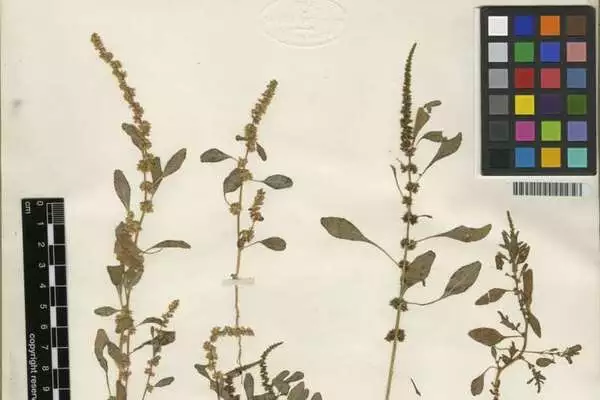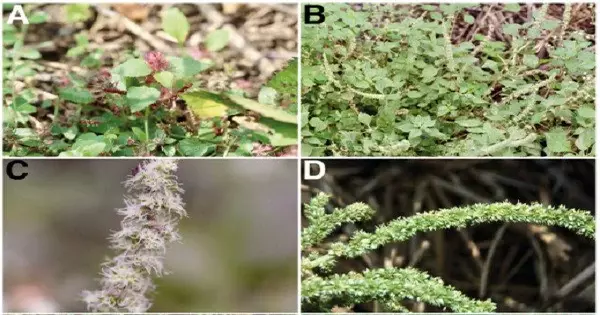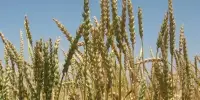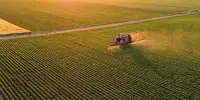Intensive agriculture has played a major role in transforming a wild plant into a pervasive weed through the creation of favorable conditions for its growth and spread. Agriculture practices like tillage, irrigation, and the use of fertilizers provide an ideal environment for weed to thrive and reproduce.
Additionally, the introduction of new crops from other regions may bring new weeds to an area and the transportation of crops and seeds also contribute to the spread of invasive weeds. The absence of natural predators and the lack of diversity in monoculture farming practices further exacerbates the problem. As a result, the weed is able to outcompete native vegetation and spread rapidly, becoming a pervasive weed.
According to new research, agriculture is driving rapid evolutionary change not only on farms but also in wild species in surrounding landscapes. A new study published in Science demonstrates how the rise of modern agriculture has transformed a native North American plant, common waterhemp, into a problematic agricultural weed.
An international team led by researchers at the University of British Columbia (UBC) compared 187 waterhemp samples from modern farms and nearby wetlands to more than 100 historical samples dating back to 1820 that were stored in museums across North America. The study of the plant’s genetic makeup over the last two centuries allowed the researchers to watch evolution in action across changing environments, much like the sequencing of ancient human and neanderthal remains has resolved key mysteries about human history.
These findings highlight the enormous potential of studying historical genomes to understand plant adaptation on short timescales. Expanding this research across scales and species will allow us to better understand how farming and climate change are driving rapid plant evolution.
Dr. Stephen Wright
“The genetic variants that help the plant do well in modern agricultural settings have risen to high frequencies remarkably quickly since agricultural intensification in the 1960s,” said first author Dr. Julia Kreiner, a postdoctoral researcher in UBC’s Department of Botany.
The researchers discovered hundreds of genes throughout the weed’s genome that contribute to its success on farms, with mutations in genes associated with drought tolerance, rapid growth, and herbicide resistance appearing frequently. “The types of changes we’re imposing in agricultural environments are so strong that they have effects on neighboring habitats that we’d normally think were natural,” Dr. Kreiner explained.
The findings could help conservation efforts to protect natural areas in agricultural landscapes. Reducing gene flow out of agricultural sites and protecting more isolated natural populations could help limit farms’ evolutionary influence.

Waterhemp is a plant native to North America that was not always a problem. However, due to genetic adaptations such as herbicide resistance, the weed has become nearly impossible to eradicate from farms in recent years.
“While waterhemp typically grows near lakes and streams, the genetic changes we’re seeing allow the plant to survive on drier land and grow quickly enough to outcompete crops,” said co-author Dr. Sarah Otto of the University of British Columbia. “Because of how strongly it has been selected to thrive alongside human agricultural activities, waterhemp has basically evolved to become more of a weed.”
Notably, five of the seven herbicide-resistant mutations discovered in current samples were not found in historical samples. “Modern farms impose a strong filter that determines which plant species and mutations can persist over time,” Dr. Kreiner explained. “When the plant’s genes were sequenced, herbicides emerged as one of the most powerful agricultural filters determining which plants survive and which die.”
Since 1960, waterhemp with any of the seven herbicide-resistant mutations has produced an average of 1.2 times as many surviving offspring per year as plants without the mutations.
Herbicide resistant mutations were also discovered in natural habitats, albeit at a lower frequency, which raises questions about the costs of these adaptations for plant life in non-agricultural settings. “In the absence of herbicide applications, being resistant can actually be costly to a plant, so the changes happening on the farms are impacting the fitness of the plant in the wild,” said Dr. Kreiner.
Agricultural practices have also altered the distribution of specific genetic variants across the landscape. A weedy southwestern variety has spread its genes eastward across North America over the last 60 years, spreading their genes into local populations as a result of their competitive advantage in agricultural contexts.
“These findings highlight the enormous potential of studying historical genomes to understand plant adaptation on short timescales,” says co-author and University of Toronto Professor of Ecology and Evolutionary Biology Dr. Stephen Wright. “Expanding this research across scales and species will allow us to better understand how farming and climate change are driving rapid plant evolution.”














